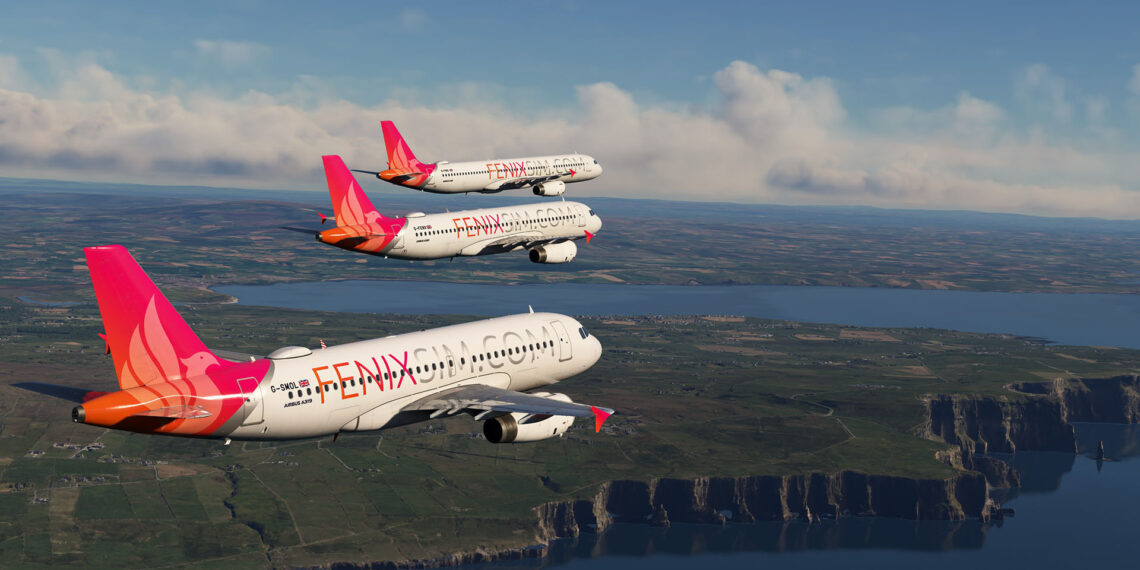Fans of Fenix’s popular Airbus A320 for Microsoft Flight Simulator have been waiting for the expansion that will introduce the longer A321 and the shorter A319 for quite a while, and today we get new details and images.
We hear from the developers that the two aircraft “have matured nicely in testing” albeit I’ll tell you immediately that a release date has not been shared today.
We get to see that the fuel pump panel of the Airbus A321 is different as the manufacturer did away with the split fuel tank design in the wings for a single larger tank per wing, also replacing the electrical center tank pumps with transfer jet-pumps. This required Fenix to re
There are also differences in the ECAM system, with many messages that are unique to one or the other model.





The ELAC (Elevator and Aileron Computer), SEC (Spoiler and Elevator Computers) and FAC (Flight Augmentation Computers) have been modified for the A319 and A321, including spoiler deflection angles (including roll-spoiler relationship), and inhibition rules.
All the cabin announcements now include options for all models, and the brake simulation responds to the different weights. The Airbus A321 will return a Brake Hot warning at 260 degrees C instead of 300.
New data and modifications to the actual calculations have been done to the autopilot systems, while an ECON FLOW pushbutton has been added to the A321’s overhead panel instead of the rotary PACK FLOW selector included in the A319 and A320.
Each variant also has its own GSX profile for those who use the software.
Users reported input lag in previous versions of the A320, so Fenix worked hard on optimization, and now the system is “100x” faster. As a consequence, the fly-by-wire system and the autopilot have been retuned specifically for each airframe.
The behavior during the flare has been changed, with the ground effect part of the landing dynamics taken away from the simulator’s flight dynamics engine’s control and is now directly controlled by Fenix’s software to deal with “floaty” behavior reported by the community. Initial tuning has been done and it’ll be further tweaked depending on user feedback.
Incidentally, the existing Airbus A320 will receive these updates at the same time as the new aircraft launch, regardless of whether you purchase the A319 and A321 or not.
The flight model for all airframes and engine models has been tuned and verified by testing “hundreds of hours of data” from the beta team against real-world performance data and Fenix promises results “wonderfully accurate to real-world service airframes.” This also solved problems like the “wing drop” we used to experience when fully configured and close to the lowest selectable speed.
If you’d like to read a much more detailed explanation, you can check out the original blog post.
Incidentally, while we don’t yet know the release date, we know that both the Airbus A319 and Airbus A321 will be released as a single bundled expansion for Fenix A320, priced at £39.99.
If you’d like to get into flight simulation but you’re perhaps intimidated by the apparent complexity of the hobby, you can read our introductory guide, alongside the second episode focusing on installing add-ons, and another showcasing the basic instruments.
You can also read more flight simulation news in yesterday’s roundup article.












